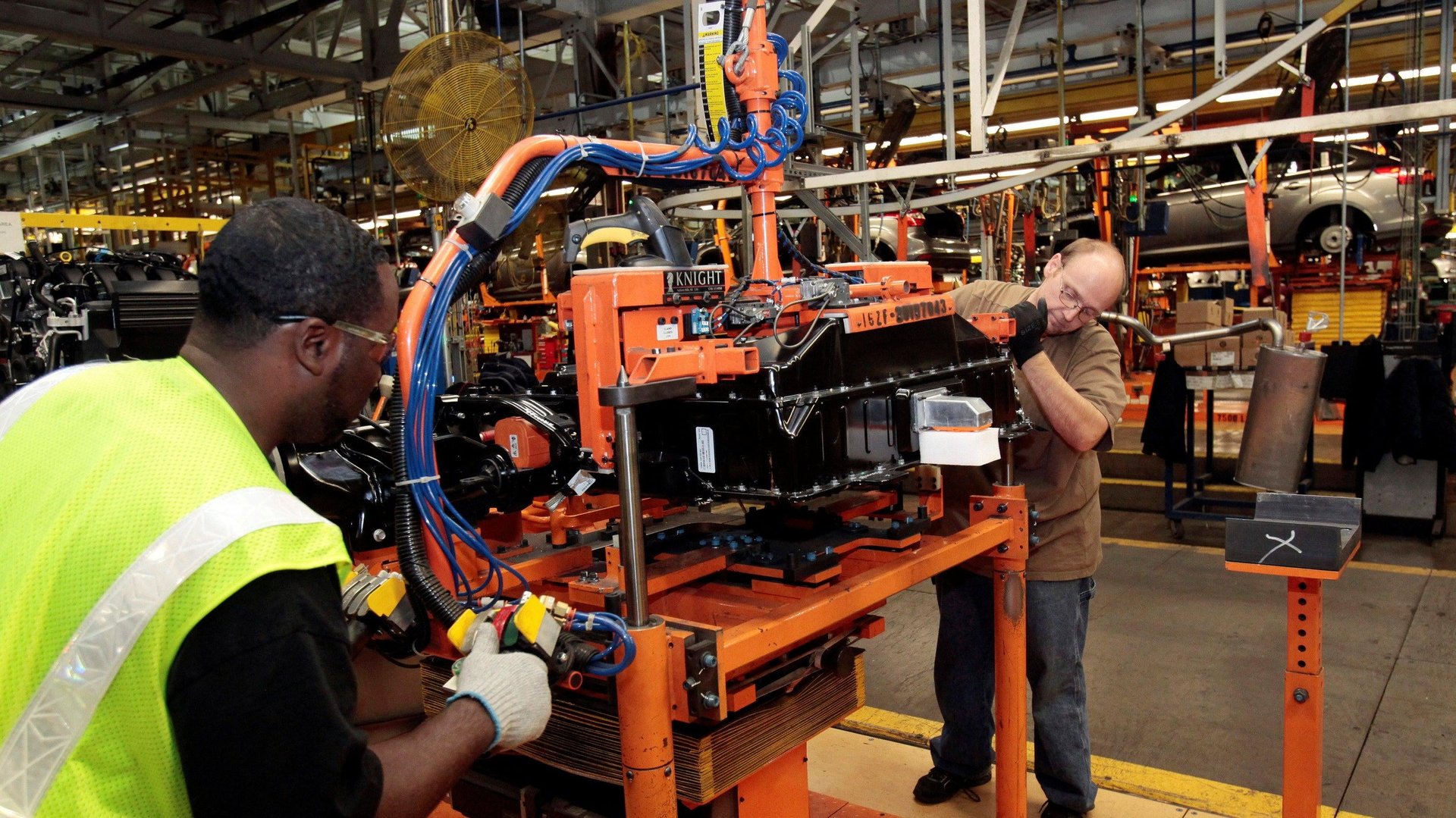The US labor market has fully recovered from covid, adding 528,000 jobs in July
The increase was far above what economists had expected, allaying recession fears.

The US labor market continues to be the strongest part of the US economy—even as recession fears mount.
In July, the US added 528,000 jobs, much higher than the 258,000 increase that economists had expected. The increase now means that the US labor market has added back all of the jobs that it lost during the pandemic.
“Actions speak louder than words,” said Nick Bunker, labor economist at Indeed, in an email. “People say they’re concerned about a recession yet employers keep hiring in droves.”
The July increase was mostly due to a jump in the leisure and hospitality sector, as Americans dine out again. On a three-month average basis, the US is now adding about 433,000 jobs a month versus the 375,000 jobs a month it was adding from April to June.
Meanwhile, the unemployment rate ticked down to 3.5%, and the labor force participation rate for adults in their prime working years (25-to-54), an important indicator of labor market demand, inched up to 82.4%, though it remains below pre-pandemic levels.
A booming job market amid a shrinking economy
The strong jobs numbers stand in sharp contrast to GDP data, which show the US economy contracted in the first two quarters of the year. They’re not the only indicator that’s showing strength in the US labor market.
From June to July, layoffs by US employers declined by more than 20%, according to executive outplacement firm Challenger, Gray, & Christmas. And there are still nearly two job openings for every unemployed person.
While initial claims for unemployment insurance have been creeping up, they haven’t turned into repeated claims for unemployment insurance. That means workers are experiencing shorter spells of unemployment, said Julia Coronado, founder of MacroPolicy Perspectives, on Twitter.
“Underestimate the US labor market at your own peril,” Bunker said. “Yes, output growth might be slowing and the economic outlook has some clouds on the horizon. But employers are still champing at the bit to hire more workers. That demand may fade, but it’s still red hot right now.”
Economists are still focused on avoiding a recession
While the positive numbers alleviate recession fears, economists are still concerned that policymakers at the US Federal Reserve will crush the historic gains the labor market made during the pandemic by raising interest rates to a level that increases unemployment. Cementing those gains would require that Congress create a fairer tax code and invest in workers, healthcare, and the climate, said Rakeen Mabud, chief economist at the Groundwork Collaborative.
“We don’t want to see the economy overheating. We would love it if we can transition to a sustainable economy without tipping the economy into recession,” said Minneapolis Fed president Neel Kashkari recently. “There’s not a great record of doing that. Typically when the economy slows down, it slows down by quite a bit, especially if it’s the central bank that is inducing the slowdown.”
As long as inflation remains high, we’re likely to see central bankers continue hiking. With wages moving up by 0.5% in July, what economists had thought was a slowdown in wage growth may have been a false signal, noted Harvard economist Jason Furman on Twitter.
This week the Bank of England raised rates by half a percentage point—its largest hike in 27 years. In July, the US Federal Reserve raised rates by 0.75 percentage point, and suggested a hike similar in size or higher in September if prices don’t come down.
